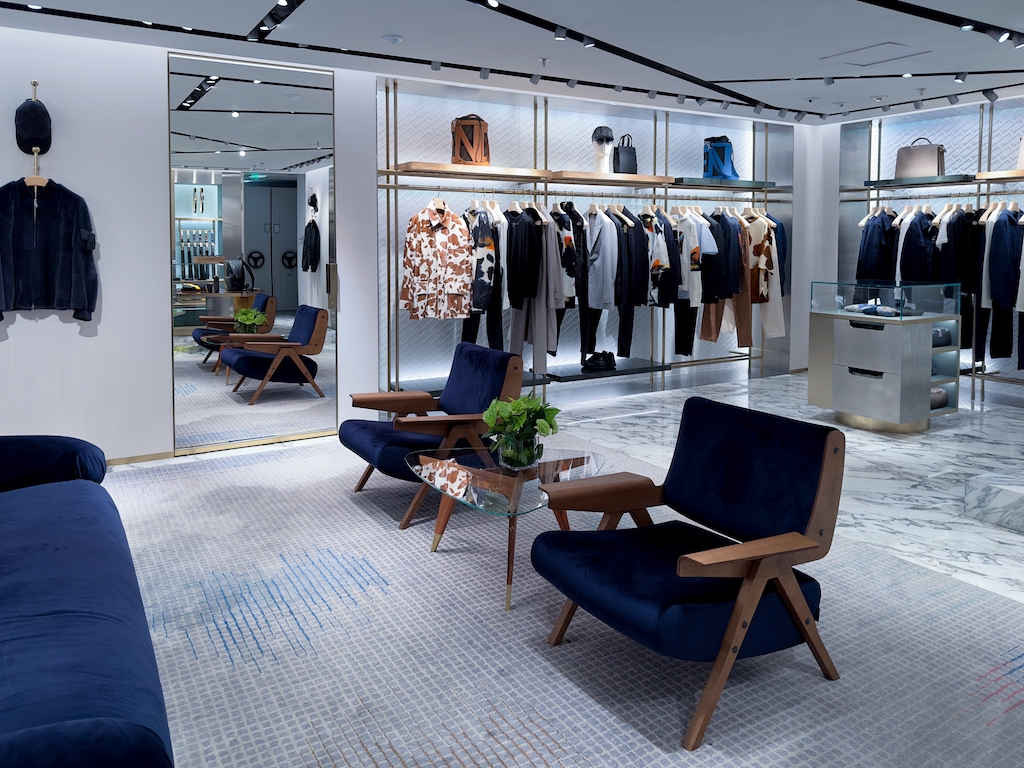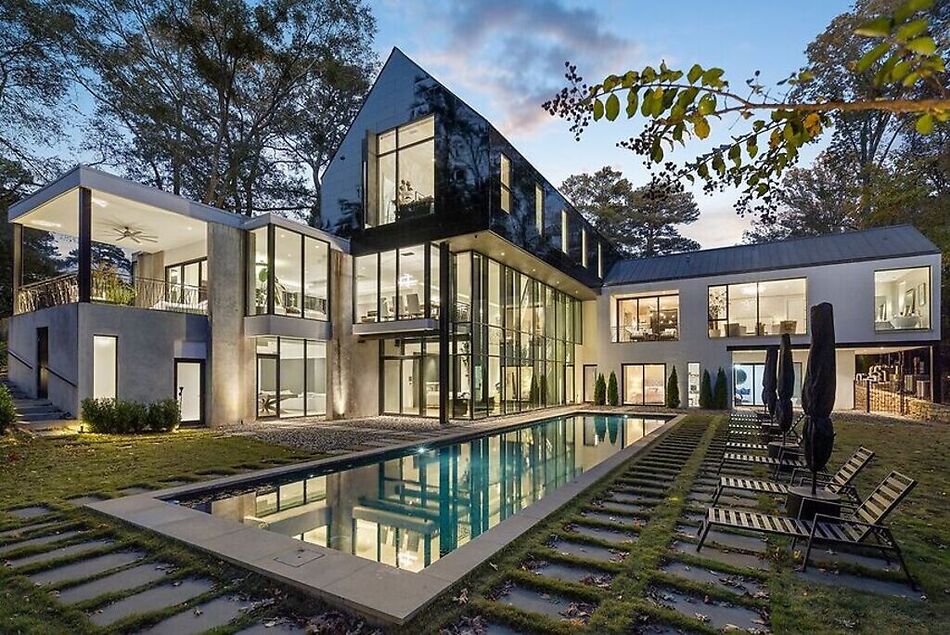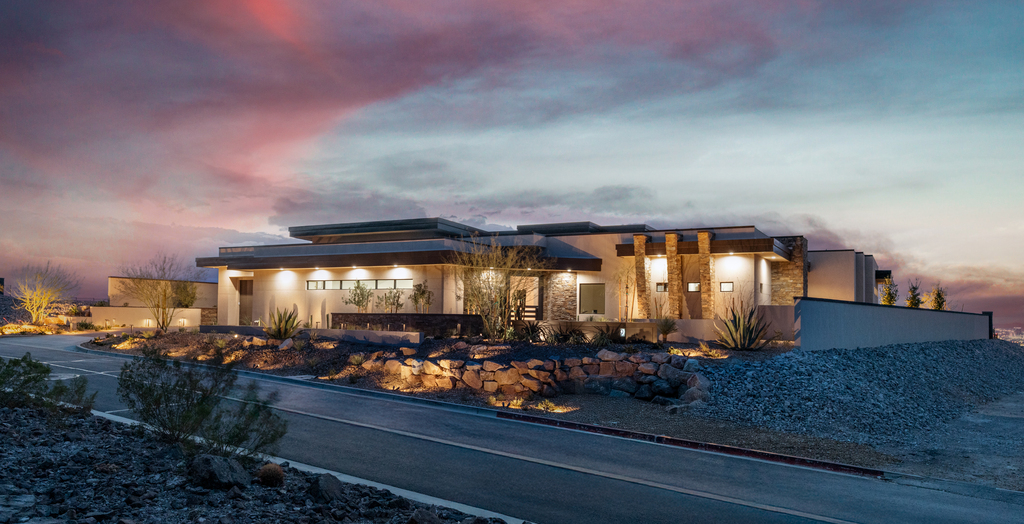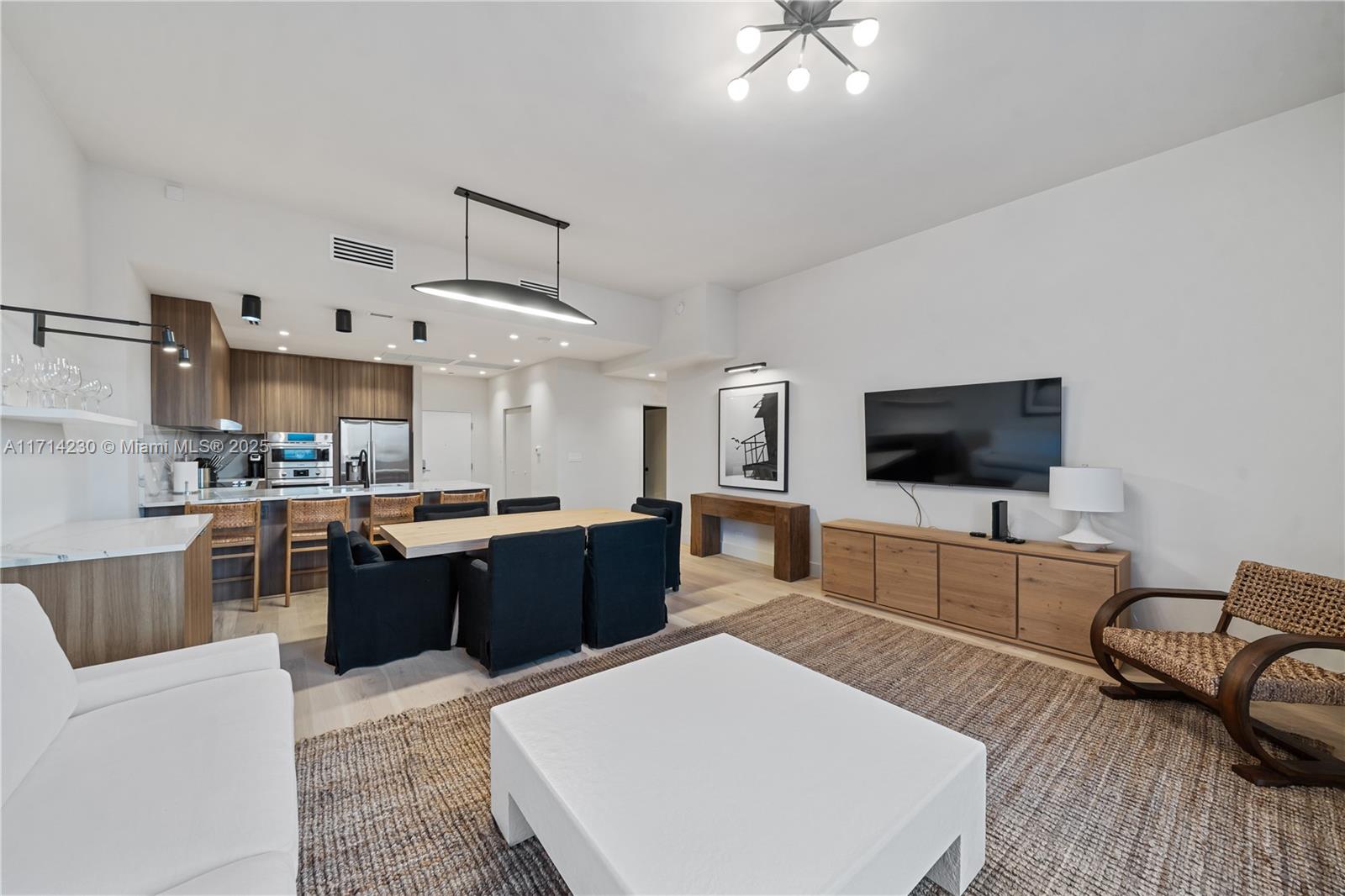Interior design and merchandising are two distinct yet closely related fields that come together to create captivating spaces that are not only visually appealing but also commercially successful. While interior design focuses on the artistic and functional aspects of a space, merchandising is concerned with the strategic placement and presentation of products within that space. The specialization of interior design and merchandising combines these two disciplines to create harmonious and profitable environments.
 Photo Credit: Shutterstock
Photo Credit: Shutterstock
Here are some of the principal considerations regarding interior design and merchandising:
Space Planning
Effective space planning involves determining the optimal arrangement of furniture, fixtures, and products to create a seamless flow and maximize available space. Merchandising principles guide the placement of products to enhance visibility and encourage exploration.
Color and Lighting
Interior designers use color schemes and lighting techniques to set the desired mood and atmosphere. In merchandising, lighting plays a critical role in highlighting products and creating focal points that attract attention.
Store Layout and Visual Merchandising
Interior designers use color schemes and lighting techniques to set the desired mood and atmosphere. In merchandising, lighting plays a critical role in highlighting products and creating focal points that attract attention.
Branding and Identity
Interior design and merchandising work together to establish a cohesive brand identity. The design elements, such as furniture, fixtures, and decor, should align with the brand’s aesthetic and values, while merchandising strategies help reinforce the brand image through product placement and presentation.
The specialization of interior design and merchandising offers several benefits. Here are a few standouts:
- Increased Sales: Strategic product placement and visual merchandising techniques help attract customers, encourage impulse buying, and maximize sales potential.
- Enhanced Customer Service: Strategic product placement and visual merchandising techniques help attract customers, encourage impulse buying, and maximize sales potential.
- Improved Brand Perception: Well-executed interior design and merchandising contribute to a positive brand image, reinforcing the perception of quality and professionalism.



